Gan Embroidery (Gànxiù, 赣绣) is a traditional style of Chinese embroidery originating from Jiangxi Province in southeastern China. As one of the lesser-known but culturally rich regional embroidery styles, Gan embroidery is admired for its refined needlework, elegant designs, and strong local character.
1. Historical Background
Gan embroidery has a history of over 1,000 years, dating back to the Tang and Song dynasties. It developed alongside Jiangxi’s thriving culture of porcelain, wood carving, and painting, often reflecting the province’s artistic and scholarly traditions.
2. Artistic Features
Gan embroidery is known for:
• Clean and precise stitching
• Vivid imagery with a balance of color and detail
• Themes that include flowers, birds, landscapes, dragons, phoenixes, and scenes from folklore or classical literature
Compared to other famous Chinese embroidery styles like Suzhou (Su Xiu) or Hunan (Xiang Xiu), Gan embroidery tends to be more bold and expressive, with a focus on visual impact.
3. Techniques
Gan embroidery employs a variety of stitching methods, including:
• Flat embroidery
• Twisted thread embroidery
• Layered and raised stitching for texture and depth
Artisans often combine multiple techniques in a single piece, creating works that are both visually dynamic and technically intricate.
4. Cultural & Contemporary Value
Traditionally used to decorate clothing, fans, screens, and religious items, Gan embroidery has evolved into a recognized form of intangible cultural heritage. Today, it is also found in modern fashion, interior decor, and art collections, appreciated both in China and abroad for its craftsmanship and cultural beauty.


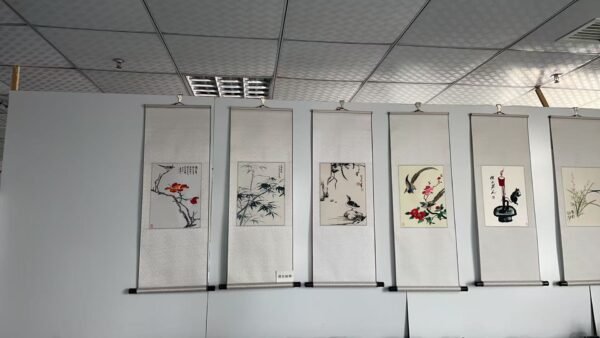
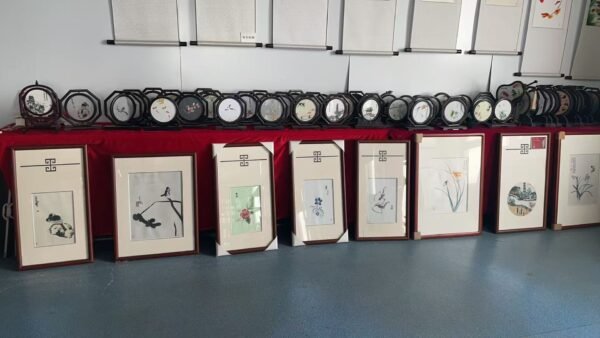
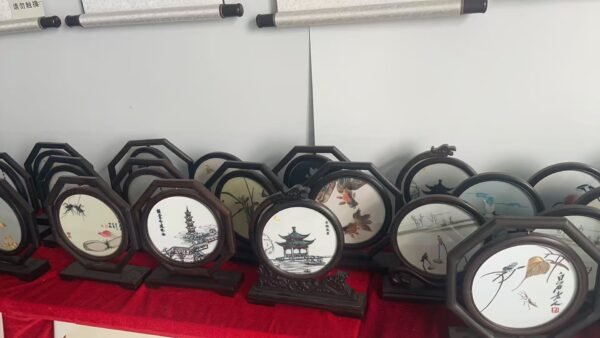
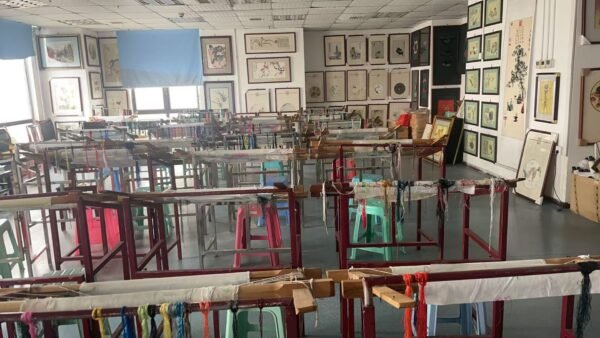
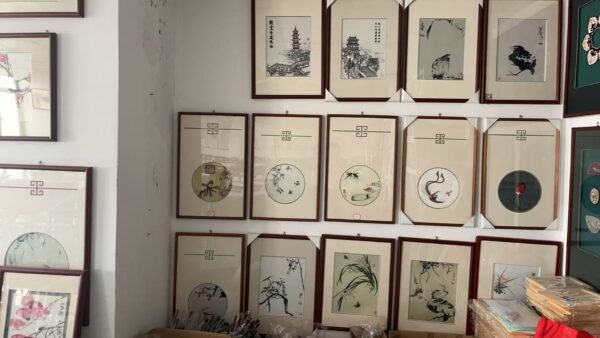
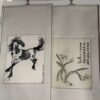






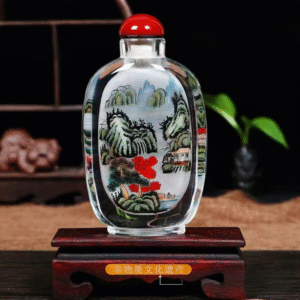



评价
目前还没有评价